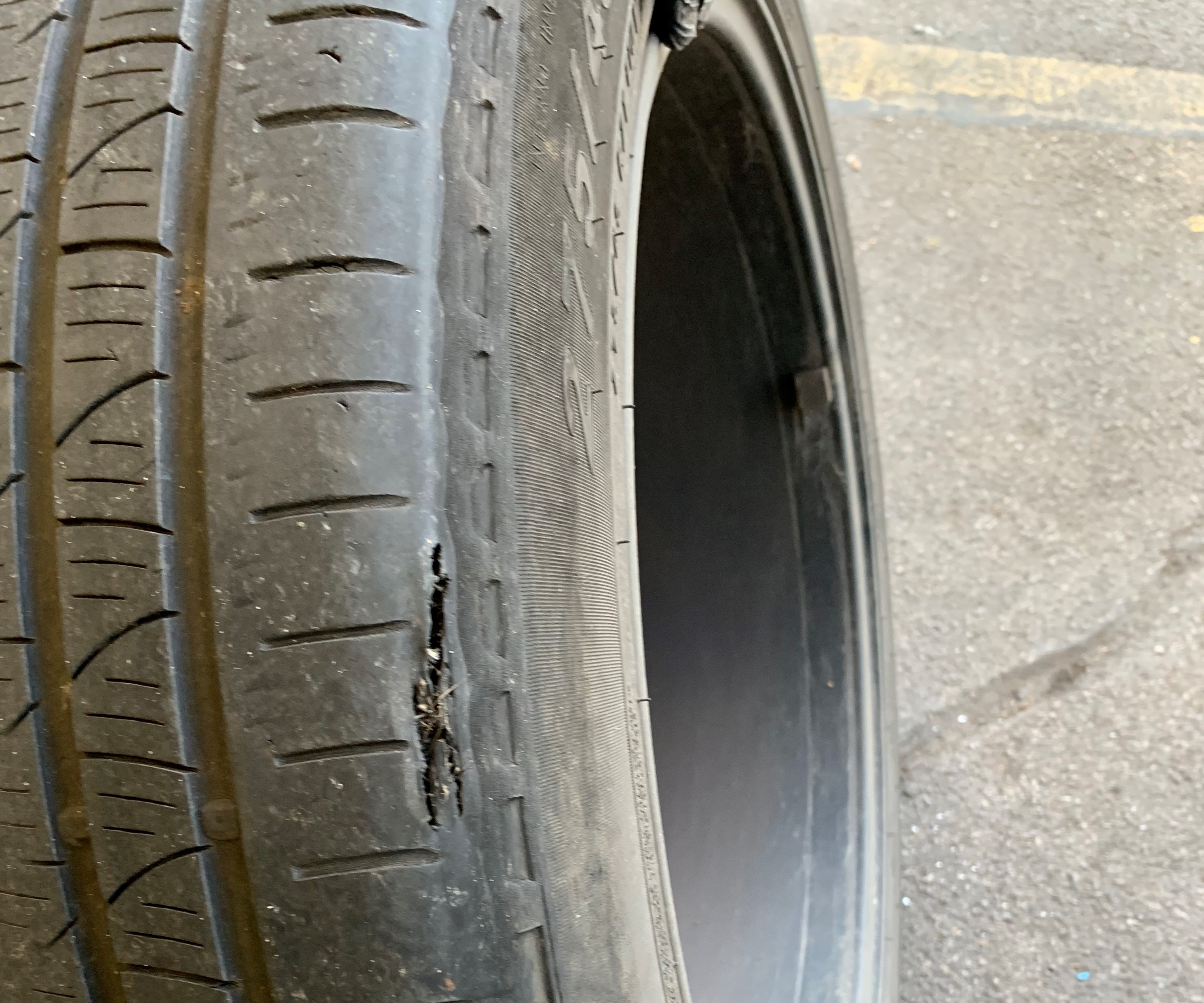Driving under pressure
We all know that new cars these days are bristling with new technologies aimed at keeping us, and other road users, safe.
But what are you supposed to do if, driving along the M25, your tyre pressure sensor (who knew they had one?) tells you that the pressure in one of your “corners” has dropped? Well this happened to me the other day. We are frequently told that hard shoulders are dangerous, and the days of stopping to change the wheel are behind us. Especially if, like me, you don’t have a spare wheel.
Luckily for me, the next safe exit was home. So I soldiered on, with five miles until I reached my destination. I slowed down to 40/50 mph and kept an eye on the warning gauge as it gradually dropped from 28 towards 20. Was this the correct approach? I have a compressor in the car – but I didn’t dare stop.
Had I been 50 miles from home, I’d have turned off at the nearest service station or emergency refuge area and dealt with the situation there and then.
It’s important to note that if you have no other option other than stopping on the hard shoulder, you should call Highways England. At the very least, they will get warning signs placed on the motorway for you and if possible, they’ll get a traffic officer patrol to assist keeping you safe whilst the faults are rectified.
However, I reasoned that I had taken the precaution of inserting Tyreseal in the two rear tyres (the front pair were newer) so a blow-out was unlikely, but I didn’t want to shed the tyre!

But all was well. And two trips, tiptoeing to Kwikfit the next morning saw me shell out £200 for a new “boot” and thank my lucky stars that I hadn’t had a blow out at 70 mph on the M40 two days earlier.
Keep safe.
By Mike Quinton, IAM RoadSmart Chief Executive Officer

